Gaetano Manzo
DeepFloat: Resource-Efficient Dynamic Management of Vehicular Floating Content
Jun 11, 2019

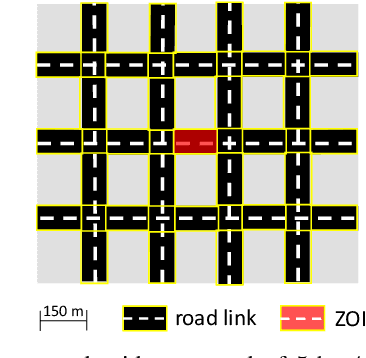
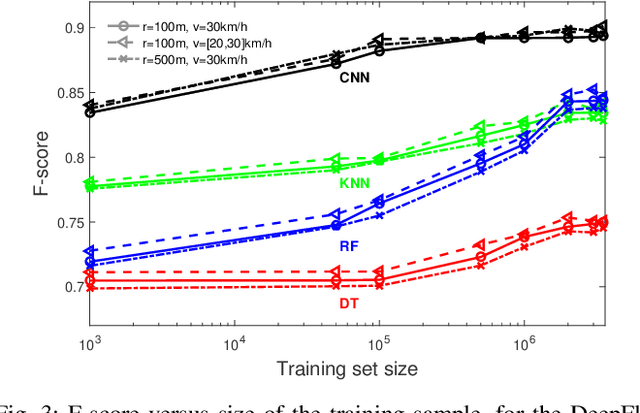
Abstract:Opportunistic communications are expected to playa crucial role in enabling context-aware vehicular services. A widely investigated opportunistic communication paradigm for storing a piece of content probabilistically in a geographica larea is Floating Content (FC). A key issue in the practical deployment of FC is how to tune content replication and caching in a way which achieves a target performance (in terms of the mean fraction of users possessing the content in a given region of space) while minimizing the use of bandwidth and host memory. Fully distributed, distance-based approaches prove highly inefficient, and may not meet the performance target,while centralized, model-based approaches do not perform well in realistic, inhomogeneous settings. In this work, we present a data-driven centralized approach to resource-efficient, QoS-aware dynamic management of FC.We propose a Deep Learning strategy, which employs a Convolutional Neural Network (CNN) to capture the relationships between patterns of users mobility, of content diffusion and replication, and FC performance in terms of resource utilization and of content availability within a given area. Numerical evaluations show the effectiveness of our approach in deriving strategies which efficiently modulate the FC operation in space and effectively adapt to mobility pattern changes over time.
A Deep Learning Mechanism for Efficient Information Dissemination in Vehicular Floating Content
Oct 24, 2018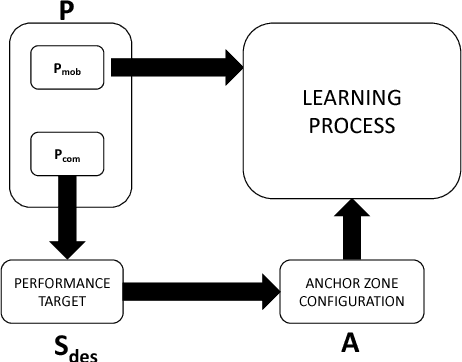
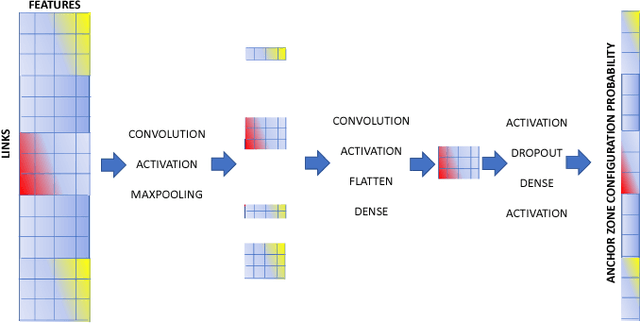
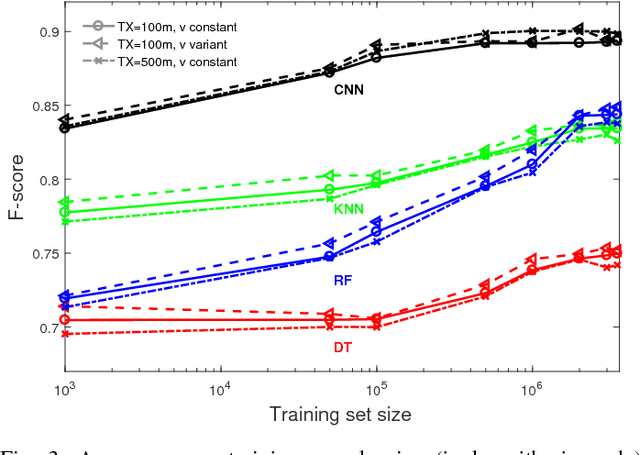
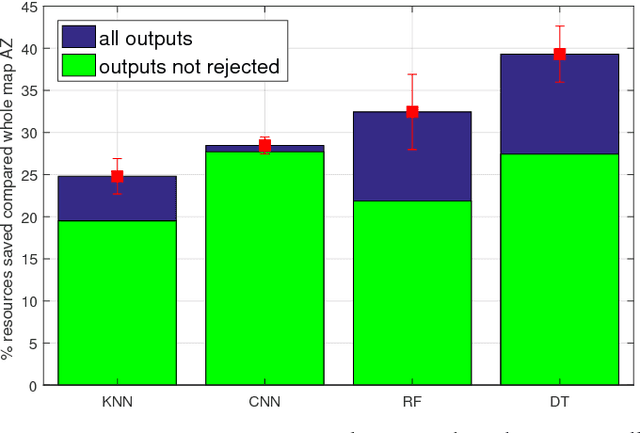
Abstract:Handling the tremendous amount of network data, produced by the explosive growth of mobile traffic volume, is becoming of main priority to achieve desired performance targets efficiently. Opportunistic communication such as FloatingContent (FC), can be used to offload part of the cellular traffic volume to vehicular-to-vehicular communication (V2V), leaving the infrastructure the task of coordinating the communication. Existing FC dimensioning approaches have limitations, mainly due to unrealistic assumptions and on a coarse partitioning of users, which results in over-dimensioning. Shaping the opportunistic communication area is a crucial task to achieve desired application performance efficiently. In this work, we propose a solution for this open challenge. In particular, the broadcasting areas called Anchor Zone (AZ), are selected via a deep learning approach to minimize communication resources achieving desired message availability. No assumption required to fit the classifier in both synthetic and real mobility. A numerical study is made to validate the effectiveness and efficiency of the proposed method. The predicted AZ configuration can achieve an accuracy of 89.7%within 98% of confidence level. By cause of the learning approach, the method performs even better in real scenarios, saving up to 27% of resources compared to previous work analytically modelled
 Add to Chrome
Add to Chrome Add to Firefox
Add to Firefox Add to Edge
Add to Edge